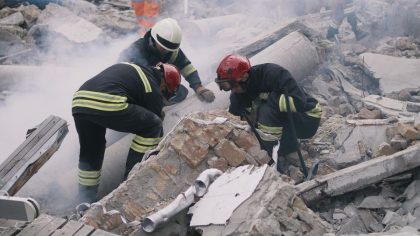Neurotechnologies
• Neurotechnologies are rapidly developing due to global innovation and the convergence of neuroscience and digital technologies, becoming increasingly miniaturized and efficient.
• They offer hope for treating diseases such as Parkinson’s, insomnia, depression, and ADHD, but raise ethical concerns about the potential manipulation and influence on individuals.
• The use of neurotechnologies poses major ethical challenges, particularly regarding mental privacy. Society must address these dilemmas without slowing innovation.
Watch the video
• They offer hope for treating diseases such as Parkinson’s, insomnia, depression, and ADHD, but raise ethical concerns about the potential manipulation and influence on individuals.
• The use of neurotechnologies poses major ethical challenges, particularly regarding mental privacy. Society must address these dilemmas without slowing innovation.


Artificial intelligence in the demanding world of customer relations
Read the article
Controversies around AI: from ethical questions to legal regulation
Read the article
Orange’s radio propagation model: An essential element in mobile network development
Read the article
Udio, Suno: AI-generated music is already competing for low added value orders
Read the article

